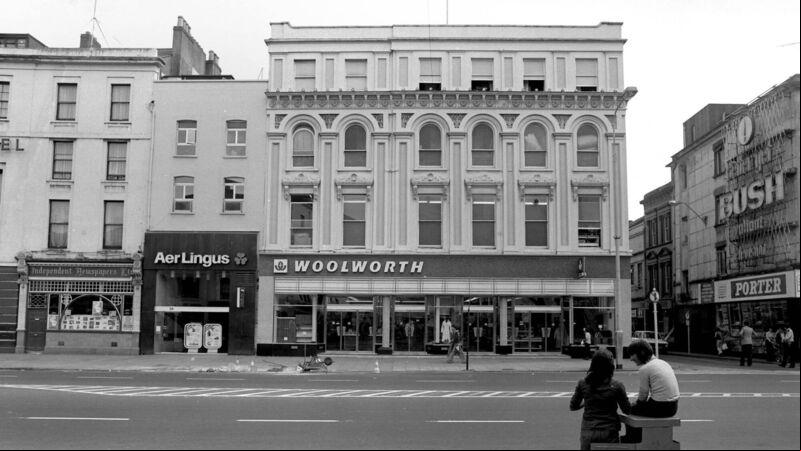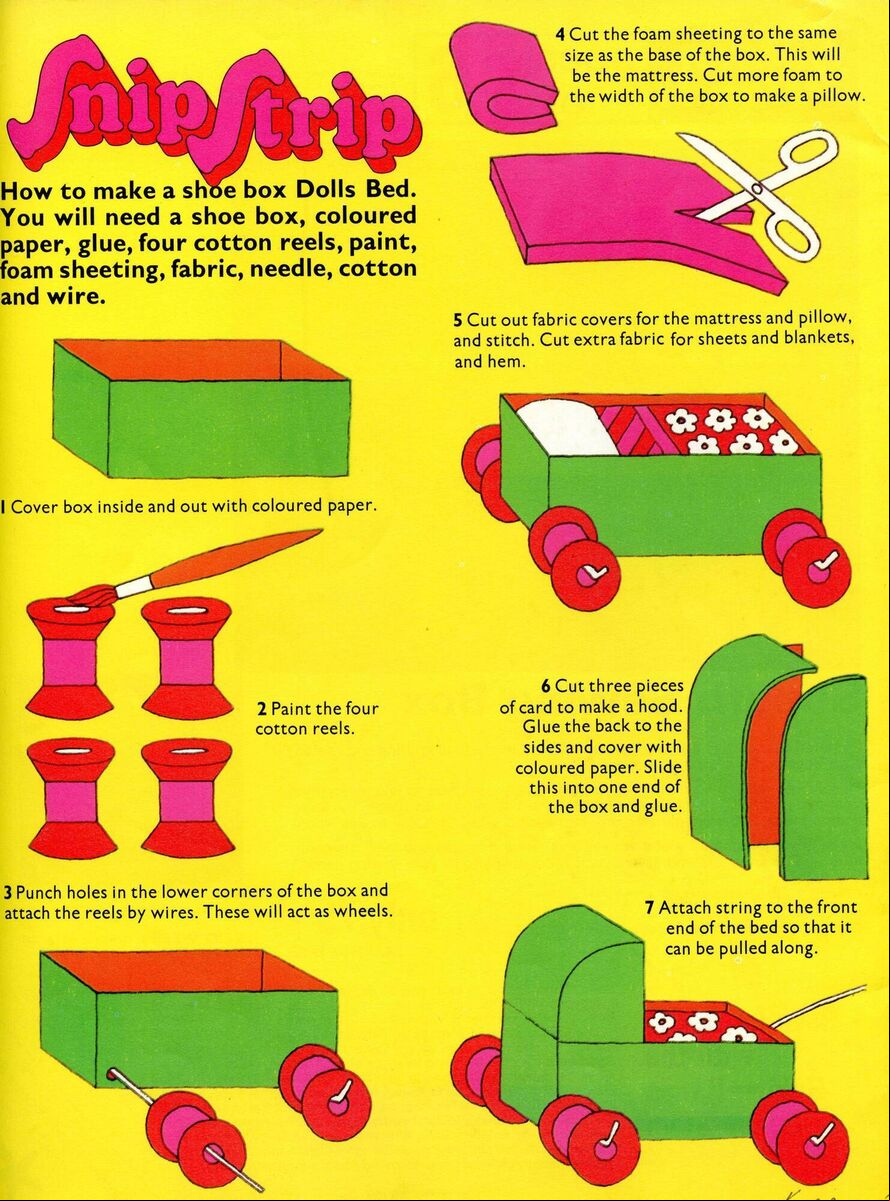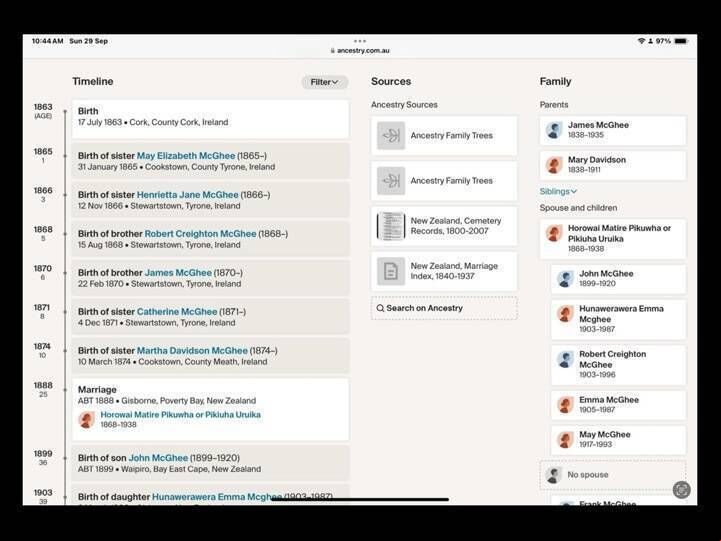Throwback Thursday: ‘The memories came flooding back to me’

Woolworths on Patrick's St in the 70s. One reader recalls buying Airfix kits there.
Today, Rory Gallagher’s beloved Stratocaster is auctioned at Bonham’s. We don’t yet know, of course, what the outcome will be, and where the much-travelled instrument will end up. Will it come back to Cork, or will it be the prized possession of some ardent collector? We will have to wait and see.





As always, we want to hear your memories of days gone by, Email [email protected]. Or leave a message on our Facebook page: www.facebook.com/echolivecork.







